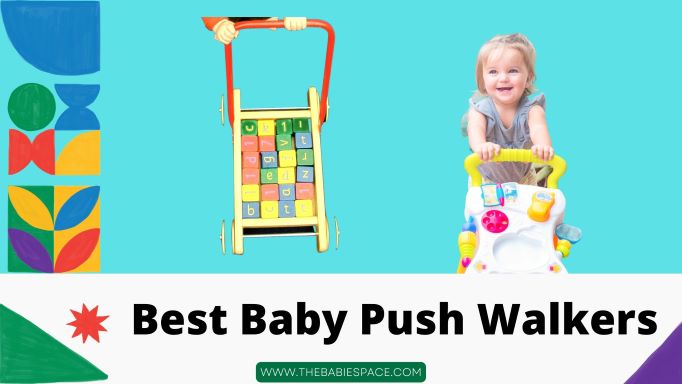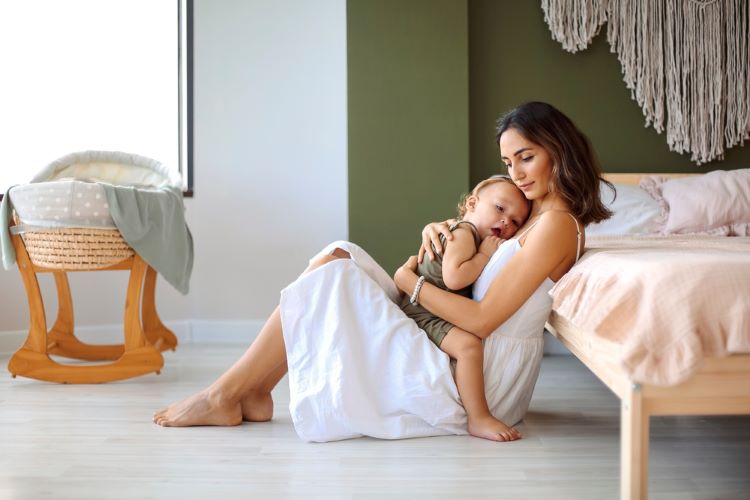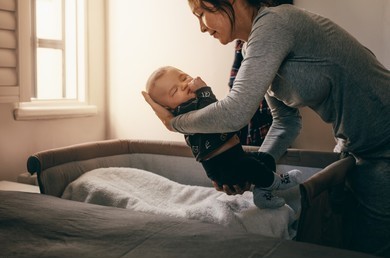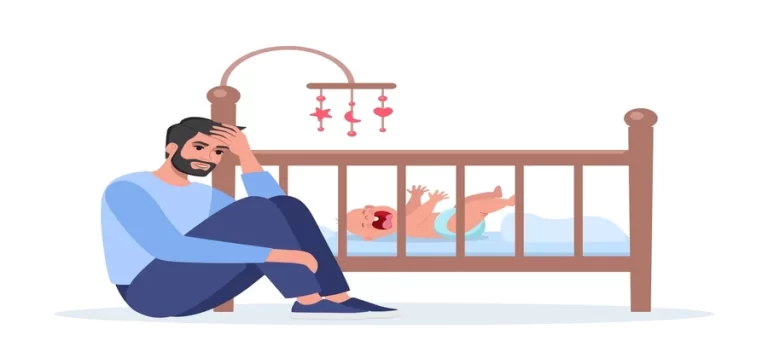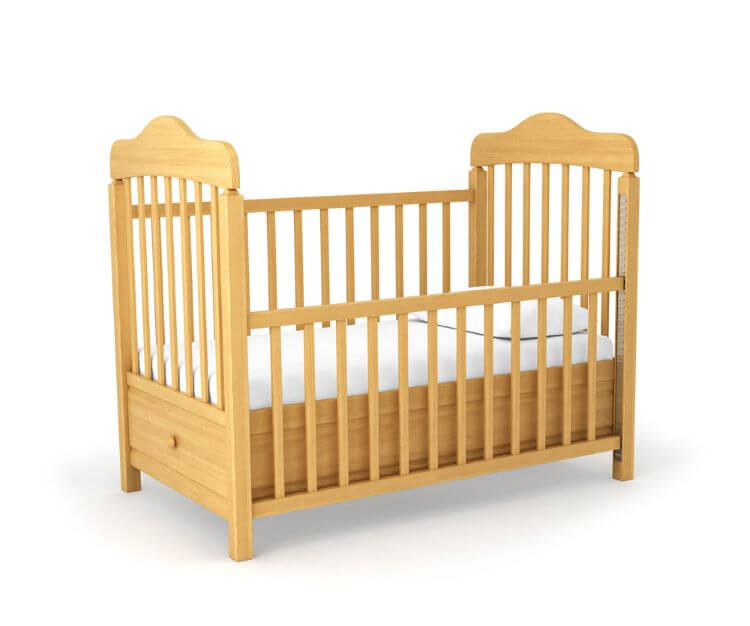Genuine Reason why Baby Sleeping In Swing Is Bad For Supine
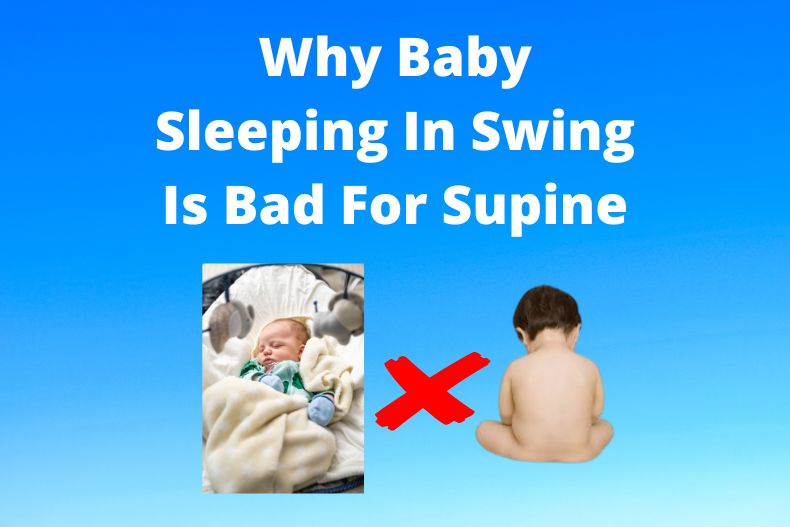
How amazing it feels while your baby is keeping calm, sleeping comfortably in his swing. You are reading your favorite magazine all of a sudden, a title came across your eyes, baby sleeping in swing is bad for supine.
You get super paranoid and rush to the swing to put back him in the bed, but relax before jumping into the internet to get the nitty-gritty of the above query just have a read of the below post I am sure your all worrisome will go away.
It can be hard to get your baby to sleep, and many parents turn to baby swings as a way to help put their little ones to bed. But new research suggests that this might not be the best option for your child’s supine.
Being a parent and a health care provider I can sense the concern that every parent has for his/her child. Hence this post is for you to let understand if baby sleeping in swing is bad for supine, without any ado’s lets start.
Baby sleeping in swing is bad for supine: The fact behind
If you’re a parent, you know that finding ways to get your baby to sleep is essential for both of you. Yes, it’s true many parents turn to baby swings to help put their little ones to bed,
But as per experts, opinion it can bring bad consequences for your child’s supine if this practice stays prolonged.
Baby sleeping in swing is bad for supine and can lead to kyphosis or an abnormal curvature of the supine, because of a day-to-day extended stay in the same position. Kyphosis is a spinal disorder that is caused by Bad posture.
when the baby stays prolonged in the swing for a longer time period his/her spinal curve effects could lead to abnormality like kyphosis.
The best way to ensure that your child is getting the best possible sleep is by following the ABCs of safe sleep. This includes putting your baby on his or her back to sleep in a bare crib or bassinet without any soft toys, bumpers, or blankets.
Can baby sleep in swing supervised:
Baby swings are a popular tool to help soothe infants and get them to sleep. However, parents often wonder if it is safe to leave their child unattended in a swing.
While it is generally advisable to stay nearby while your baby is sleeping, there are some circumstances where it may be okay to step away for a short period of time.
If your baby is older than six months, is sleeping soundly, and is not at risk for Sudden Infant Death Syndrome, it should be safe to leave them in the swing for a few minutes while you attend to another task.
However, it is important to check on them frequently to ensure they are still sleeping safely.
Can a baby sleep in a swing when congested?
Baby agitates a lot with stuffy nose and congestion for this reason some parents swear by rocking their baby to sleep in a swing to soothe the cranky child as well as to keep bit upright.
While others find that it only makes their baby more agitated. So, can a baby sleep in a swing when congested?
COMMON sense can bit contribute to answering this question, as there is no clear consensus.
For getting the baby quick sleep.
It is fine if you go for a swing but soon after your kiddo falls asleep and feels better you can switch back to the bassinet or crib.
Some doctors say that it’s fine as long as the baby is supervised, while others caution against it due to the risk of Sudden Infant Death Syndrome (SIDS).
In any case, it’s probably best to err on the side of caution and avoid using a swing altogether if your baby is congested.
There are plenty of other ways to soothe your little one to sleep, such as rocking them in your arms or placing them in a gentle crib rocking motion. Whichever method you choose, make sure to put your baby down to sleep on their back to reduce the risk of SIDS.
Baby sleeping in swing for naps
Baby swings are a popular choice for parents looking to soothe their infants to sleep. The rhythmic back-and-forth motion can be calming for babies, and the enclosed space gives them a sense of security.
However, there are a few things to keep in mind when using a baby swing for naps.
First, it is important to make sure that the swing is on a level surface.
A baby swing should never be used on an incline, as this could cause the child to roll out.
Second, it is important to monitor the child closely while they are sleeping in the swing.
Babies have been known to roll over and become wedged in the seat, so it is important to check on them regularly.
Finally, it is important to use the swing only for short periods of time. prolonged use of a baby swing can lead to the flat head syndrome in addition bad posture can cause spinal issues.
With these precautions in mind, a baby swing can be a safe and effective way to help your little one get some much-needed rest.
Summary:
At the wrap-up baby sleeping in swing is bad for supine if the child remained in this position for a long run on a daily basis, the bad posture can result in dreadful. As with most things parenting-related, is complicated.
There are definitely some risks associated with letting your child sleep in a swing – primarily that they may not be getting the best possible sleep position.
However, if you use common sense and are vigilant about making sure your child is supervised and has a limited stay when sleeping in a swing. It is perfectly ok if the baby sleeps in the swing.
Ultimately, the decision whether or not to let your baby sleep in a swing is up to you and should be based on what you feel comfortable with.
This can lead to issues such as flat head syndrome. Instead of using a baby swing, you should opt for other alternatives such as a bassinet or a crib.
These will help your child develop their spine in a healthy way while also providing them with the opportunity to get some sleep.
Let me know in the comments below if you have any questions about baby swings or anything else related to infant safety!
FAQ:
Why baby should be kept in the supine position while sleeping?
The baby needs to sleep in a supine position to avoid getting suffocation. As the incline position can cause obstruction to the airway due to the falling of the chin to the chest position leading to breathing difficulty.

